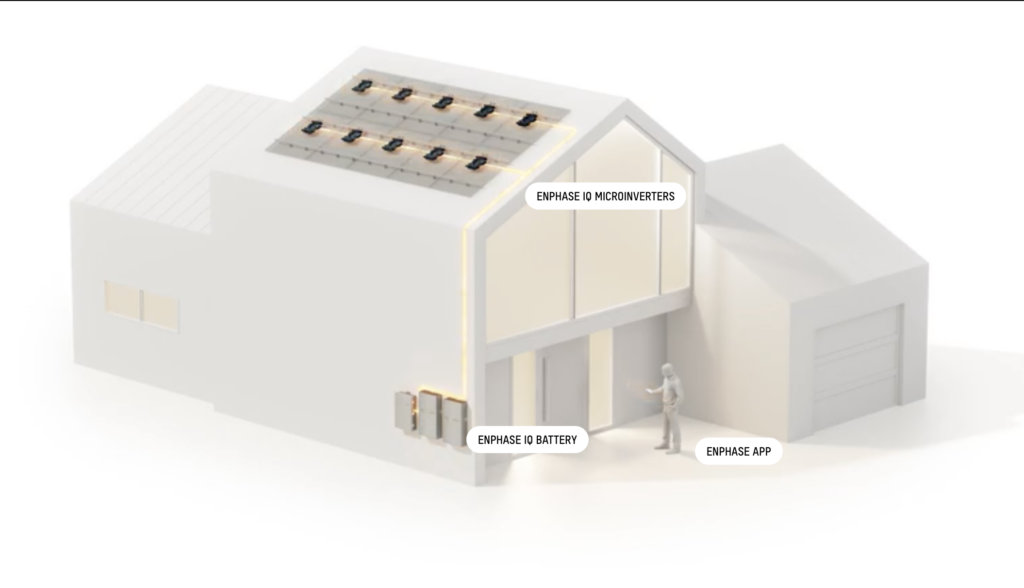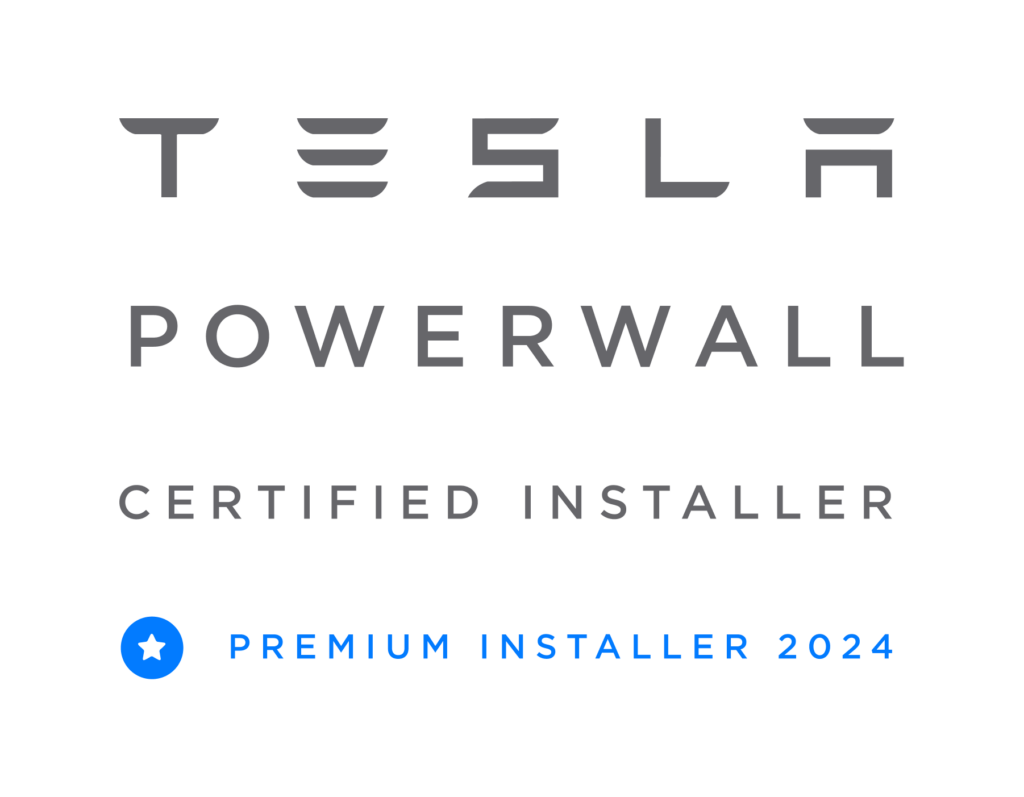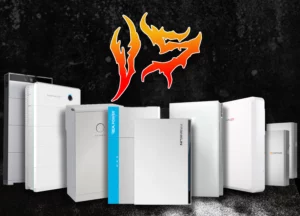String Systems vs Micro Inverters: What's the Difference?

When deciding on a solar system for your home, one of the key considerations is whether to opt for a micro-inverter system or a string inverter system. Each technology has its unique characteristics and benefits, and understanding these differences can help you make an informed decision for your specific needs.
Microinverter Systems:
A microinverter system is designed with an individual inverter installed behind each solar panel. This means that each panel operates independently, converting DC power from the solar panel into AC power directly at the source. The primary advantage of this approach is that it allows for panel-level optimization, meaning that even if one panel experiences shading or underperformance, it doesn’t affect the output of other panels in the array. This individualised optimisation significantly improves the overall system efficiency and energy production, especially on partially shaded roofs.

Microinverter systems also provide the benefit of panel-level monitoring. With the ability to track the performance of each panel in real-time, homeowners and installers can quickly identify any issues and ensure the system is operating at its peak efficiency. This proactive monitoring leads to better system maintenance and ensures prompt resolution of any potential problems.
Furthermore, microinverter systems are highly expandable. As your energy needs change over time, additional panels can be easily integrated into the system without requiring a complete overhaul. This flexibility allows you to adapt your solar installation to match your evolving energy demands or take advantage of advancements in solar technology without replacing the entire inverter.
String Inverter Systems:
In contrast, a string inverter system connects multiple solar panels in series, forming a string. The DC power generated by each panel is combined before being converted into AC power by the inverter. While string inverters are generally more affordable upfront, they come with some limitations, particularly when it comes to system optimization and performance under shading conditions.

With string inverters, the entire string’s performance is limited to that of the lowest-performing panel. This means that if one panel experiences shading or reduced output due to any reason, it affects the entire string’s efficiency, leading to energy losses for the entire system. Additionally, monitoring a string inverter system typically provides data on the overall system’s performance but does not offer the granularity of panel-level data, making it challenging to pinpoint individual panel issues.
While string inverter systems can still be a suitable choice for unshaded roofs and straightforward installations, they may not be the most efficient option for more complex setups or locations with potential shading challenges.
Where We Come in:
As a premium solar installer, Lightning Energy offers both microinverter and string inverter options to cater to diverse customer needs. With a strong commitment to sustainability and reducing carbon footprints in the Melbourne Metro and regional communities, Lightning Energy provides expert solar solutions, enabling customers to embrace cleaner, greener energy sources for a brighter future. Their knowledgeable team of installers ensures that every system is tailored to maximize performance and efficiency, helping homeowners harness the power of solar energy effectively. Whether it’s a micro-inverter system for optimal performance or a string inverter system for simpler setups, Lightning Energy delivers high-quality solutions that align with their vision for a sustainable future.
Share With Your Friends!
About your author...
Luke Cove
On a mission to electrify Australia. Luke is known for being at the forefront of his industry offering design, supply, installation and advice on solar panels, solar batteries, lighting, electric vehicles and chargers.
Luke has been known to invest most of his time (and money) in helping people create and experience new lifestyles through clean energy at home, business and with their cars. As well as investing his time training the next generation of climate enthusiasts through his team at Lightning Energy.












4 thoughts on “What is the difference between String systems vs Micro inverters.”
Thanks for pointing out the difference between micro inverters and string systems…. I am a bit new to these tech stuffs, so it was very helpful to learn.
In my view, the micro inverters are very good for the efficiency.. however, each system has its own pros and cons.
Hi Luke, do you think there’s reason to be concerned over the recent Enphase cyber security crisis? They have a very prominent range of micro-inverters, but i don’t want to go installing any something that might mean my customer’s data is at risk.
Was this isolated to just enphase or is it across all Chinese made inverters?
I’d love to know the answer to that also
Hi Oula and Bryce, the attacks never actually happened from what I could tell from research, there were recommendations from the FCC for Enphase to tighten their security to prevent a cyber-attack in mid-June and Enphase has taken the recommendations and implemented them by early July of this year.